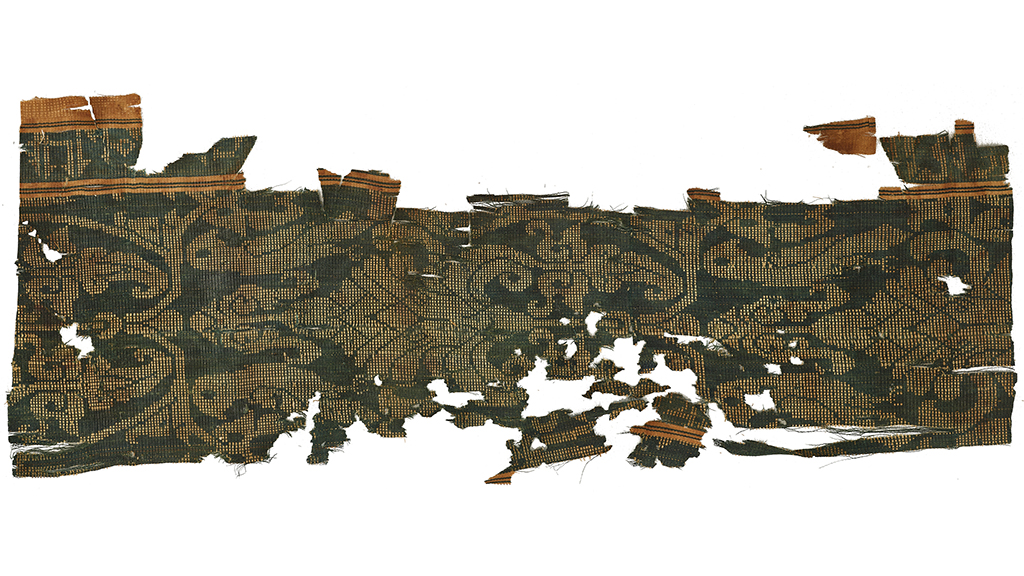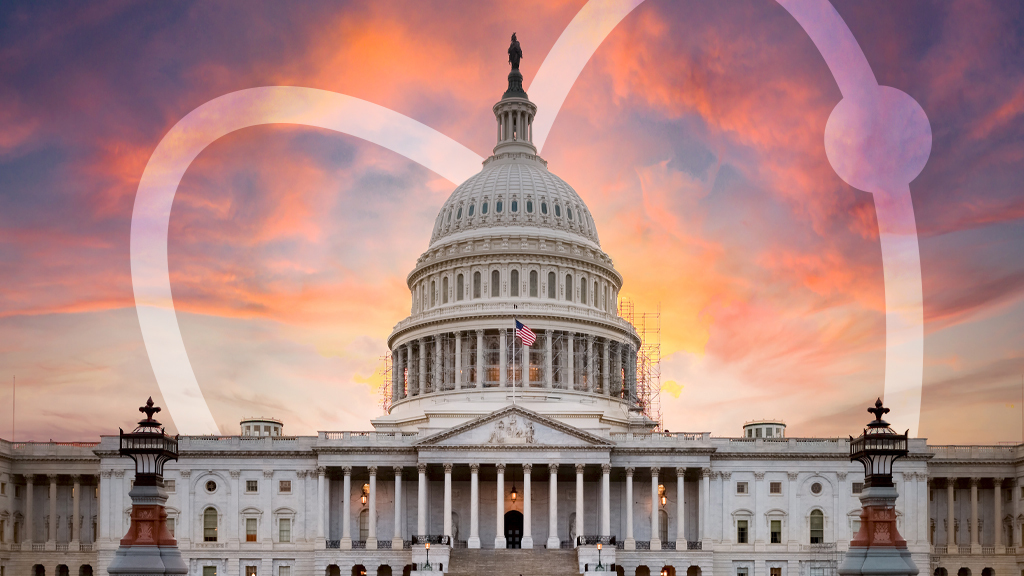Archive: WI25: Lab Safety Considerations for Pre-Service Secondary Science/STEM Teachers, March 10, 2025
This interactive web seminar will begin with an overview of safety protocols specific for doing secondary-level safer science/STEM laboratory activities. The presenters will be Dr. Ken Roy, NSTA and NSELA Safety Compliance Advisor/Specialist and Director of Environmental Health and Safety, Glastonbury (CT) Public Schools, and NSTA Safety Advisory Board Chairperson Dr. Kevin Doyle of Morris Hills Regional School District in Rockaway, New Jersey.
This interactive web seminar will begin with an overview of safety protocols specific for doing secondary-level safer science/STEM laboratory activities. The presenters will be Dr. Ken Roy, NSTA and NSELA Safety Compliance Advisor/Specialist and Director of Environmental Health and Safety, Glastonbury (CT) Public Schools, and NSTA Safety Advisory Board Chairperson Dr. Kevin Doyle of Morris Hills Regional School District in Rockaway, New Jersey.
This interactive web seminar will begin with an overview of safety protocols specific for doing secondary-level safer science/STEM laboratory activities. The presenters will be Dr. Ken Roy, NSTA and NSELA Safety Compliance Advisor/Specialist and Director of Environmental Health and Safety, Glastonbury (CT) Public Schools, and NSTA Safety Advisory Board Chairperson Dr. Kevin Doyle of Morris Hills Regional School District in Rockaway, New Jersey.
This interactive web seminar will begin with an overview of safety protocols specific for doing secondary-level safer science/STEM laboratory activities. The presenters will be Dr. Ken Roy, NSTA and NSELA Safety Compliance Advisor/Specialist and Director of Environmental Health and Safety, Glastonbury (CT) Public Schools, and NSTA Safety Advisory Board Chairperson Dr. Kevin Doyle of Morris Hills Regional School District in Rockaway, New Jersey.







